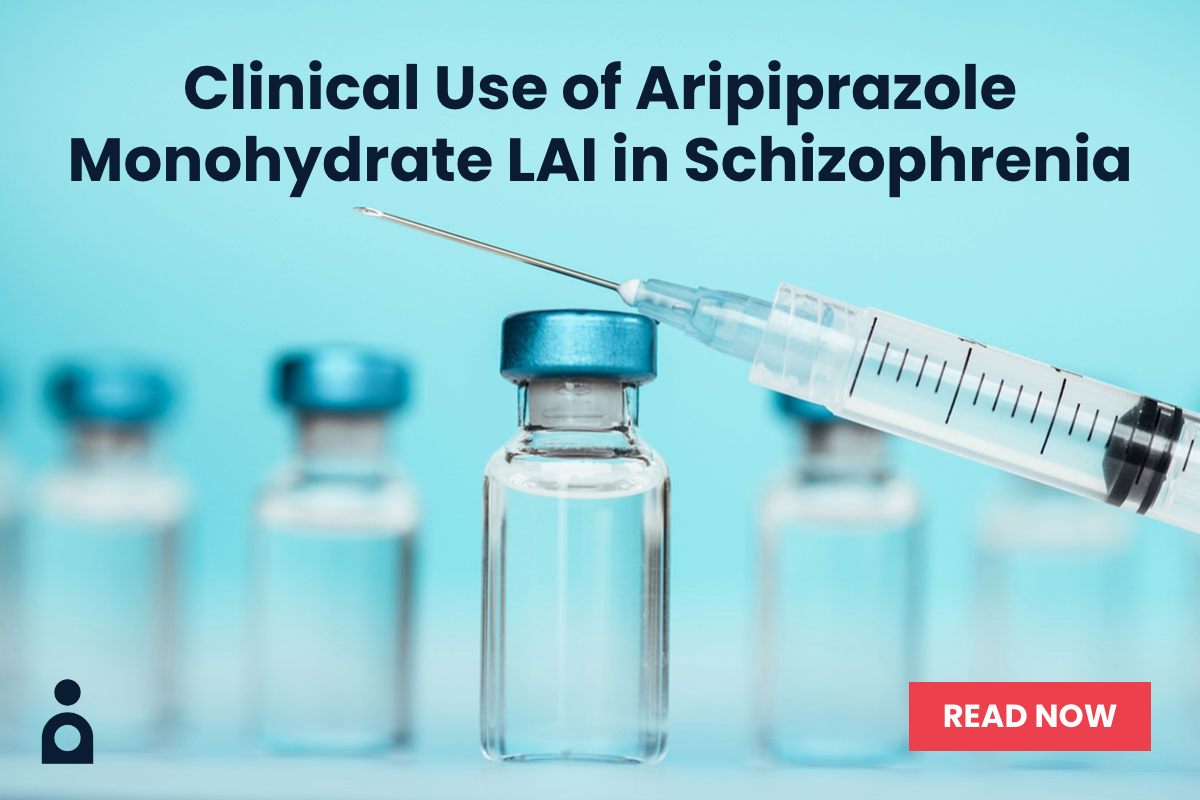
Prim Care Companion CNS Disord 2021;23(4):20l02740
To cite: Mitra S, Upadhyaya M, Korenis P. “Just let me breathe”: overdose as a cry for help in a patient with gender dysphoria and Tourette’s syndrome. Prim Care Companion CNS Disord. 2021;23(4):20l02740.
To share: https://doi.org/10.4088/PCC.20l02740
© Copyright 2021 Physicians Postgraduate Press, Inc.
aDepartment of Psychiatry, BronxCare Health System, Bronx, New York
bChild and Adolescent Psychiatry, Kaiser Permanente Health Systems, San Bernandino, California
*Corresponding author: Souparno Mitra, MD, BronxCare Health System, 5th Floor South, 1276 Fulton Ave, Bronx, NY 10460 ([email protected]).
Helicopter parent,1 a term that has gained in popularity in recent years, particularly as it applies to the “millennial” generation, is defined as a parent who is overtly involved in the life of their child. These parents are thought to be overly vigilant about their children’s lives, with the overall objective of ensuring certain types of success, particularly in the areas of academics and career. This parenting style includes emotional support and going above and beyond to ensure their child’s happiness and success. As well-intentioned as it may seem, helicopter parenting has been found to have a significant correlation with depression and anxiety in the children of these parents.2,3 This approach to parenting is thought to stifle the sense of autonomy and control in these children as they approach adulthood.4
Children subjected to this type of parenting may endure a more difficult transition to adulthood, with a distorted perception of their own aptitude and ability, deficit in confidence, and diminished resilience in the face of criticism or adversity. This form of parenting is also associated with more-avoidant and less-rational decision-making, and while a parent may have intended to be helpful in boosting student performance, children of helicopter parents tend to have lower levels of academic achievement compared to their peers.4
Tourette’s syndrome has a prevalence of approximately 0.3 to 1%.5 The prevalence of gender dysphoria among high school students is 1.2%–2.7%.6 Studies such as that by Alexander and Peterson,7 who examined gender responses in patients with Tourette’s’ syndrome, discovered a greater likelihood of biological females with Tourette’s syndrome to have maladaptive typical responses. Alexander and Peterson7 also note that the presence of a tic disorder in women and girls was associated with increased gender dysphoria, increased preferences for play styles typically preferred by boys, and a more typically “masculine” pattern of performance on 2 sex-typed spatial tasks.
We present the case of a 19-year-old transgender woman who, on arrival at the inpatient psychiatric unit after a suicide attempt by overdose, identified helicopter parenting as one of the underlying reasons for her desire to end her life.
Case Report
Ms A (we use the term she here as, on questioning, the patient asked us to refer to her as she and Ms as she is still deciding on her gender identity) is a 19-year-old Hispanic single, unemployed woman currently finishing high school with a past history of DSM-5–defined Tourette’s syndrome and attention-deficit/hyperactivity disorder as well as asthma. She is living with her father; her parents are separated, but her mother lives close by and is involved in her care. She was brought to the hospital by emergency medical services from her house after overdosing on her prescription medication with suicidal intent. In total, she ingested several dozen pills, in addition to consuming alcohol. She was initially admitted to the pediatric medical floor for stabilization. There, she was noncooperative with her treatment team and became agitated to the point of requiring emergent intramuscular medication for sedation. Ms A was subsequently evaluated by the hospital’s consultation and liaison service, to whom she continued to endorse suicidal ideation. She was transferred to the inpatient psychiatric unit after being cleared by the pediatrics team.
When the patient arrived, she was accompanied by her mother, who wanted her daughter to be discharged immediately and said, “She did it impulsively, I know her, she wouldn’t kill herself.” During the initial evaluation, Ms A was guarded and withdrawn, denying any suicidal ideation. She would say, “It was an impulsive decision. I don’t want to talk and I just want to go home.” The patient displayed visible motor tics in the form of hand wringing and tongue protrusion; however, no vocal tics were noticed.
When the treatment team in the psychiatric unit evaluated her, Ms A was more forthcoming about the events preceding the overdose. She stated that she was almost done with high school and was uncertain about what she would do in the future. She also expressed that she was “confused” about her gender identity. She stated, “Sometimes I feel like a guy and sometimes like a girl. For now, I want you to call me a girl.” She recalled drawing pictures of herself as a man and described how she might feel if she identified as one. She stated that she felt confident and happy when she thought of herself as male. She also indicated being physically attracted to other women. Because of her upbringing and especially how her mother always wanted her to grow her hair out, use makeup, and “be more feminine,” she felt unable to speak to her parents about her gender identity, which led to tremendous frustration. She also expressed dysphoria related to living with Tourette’s syndrome, specifically, how it impacted her ability to participate in artistic endeavors such as painting—her motor tics worsened when she attempted to draw. Ms A also expressed frustration about her social support system. She lived with her father, who she believed never listened to her. She stated that her mother, who lived nearby, cared deeply for her. However, she felt stifled by her mother’s suppressing her autonomy. Her mother would choose her friends and decide how she would wear her hair and had decided on her career after high school. Ms A said her mother would often tell her that what she (ie, her mother) wanted for her, in terms of goals, was what she (ie, Ms A) wanted for herself. However, Ms A stated that this was not always the case. She wanted to cut her hair short but could not do so because her mom expected her to grow it out.
She was diagnosed with gender dysphoria based on her meeting the criteria according to DSM-5 (a strong desire to be of the other gender, a strong preference for cross-gender roles, a strong preference for games of other gender, a strong preference for playmates of other gender, a strong dislike of one’s sexual anatomy, and a desire for the opposite gender’s sexual anatomy resulting in a significant level of impairment of social and school functioning). Differential diagnoses that were considered were mood disorders such as major depressive disorder and adjustment disorder. However, she did not meet criteria for either diagnosis.
She also reported being bullied in school because of her Tourette’s syndrome. She spoke of facets of her life in which she struggled with her gender identity. She would struggle with making friends in school and was socially isolated. She would want to cut her hair short, but her mother would chastise her. She would spend multiple hours a day fantasizing about and drawing how it would be to be male, which would make her happy.
During the course of admission, Ms A discussed her plans for the future. She discussed how she wanted to go to college, preferably out of the city, to pursue higher studies in fine arts. She described how her family members are supportive of her future plans. She also stated that she had not applied to college last year as she had intended to take a year off, but stated that she wants to do so this year.
The patient described how, on the day of her attempt, she was overwhelmed, thinking of her future, especially about her desires to be a man, and how stifled she felt by the fact that she could not express her sexuality. She also expressed that she was feeling frustrated that her desire to paint was being disrupted by her Tourette’s syndrome. On the day she overdosed, she had become overwhelmed by the confluence of all these stressors and impulsively decided to end her life. However, she kept insisting her suicidal ideation had passed.
During treatment planning, she would agree with a treatment modality and then call her mother, who may have disagreed with the same, and then inform her psychiatrist that she could not take the medications as “my mom does not want me to.” During family meetings, she would sit silently and would not express her opinions on how she wanted to look or the career choices she had expressed when these topics were discussed. Her mother often stated, “She is a child and does not know what’s best for her.”
Collaboratively, the team developed a 3-pronged treatment plan: provide pharmacologic treatment to optimize the treatment of her Tourette’s symptoms, provide therapy focused on gender dysphoria, and provide access to support groups and family therapy to help the patient express and process her emotions regarding her gender identity and her ability to talk and ask for help from her parents.
Ms A had been managed by her outpatient psychiatrist on methylphenidate treatment to target her ADHD and clonazepam to target her Tourette’s symptoms. Collaboratively, a decision was made to discontinue methylphenidate, as its activity as a stimulant may have been exacerbating her motor tics, and she was started on low-dose risperidone. The patient was informed that she, as an adult, could provide consent for treatment. Despite this, she asked the treatment team to obtain consent from her mother: “she always controls what treatment I get,” she would say, “and you should ask her before changing my treatment.” As requested by Ms A, consent was obtained from her mother, and the pharmacologic changes were incorporated. She was also connected to the hospital’s gender dysphoria therapy specialist, who had a meeting with the patient. While hospitalized, Ms A expressed a stronger desire to identify as male and to attend therapy sessions to help her process her feelings. After a few days of treatment with risperidone, her motor tics also had noticeably decreased, which brought her significant relief.
At the time of discharge, Ms A’s risk for suicide was identified as low, as all dynamic risk factors had been modified and the treatment team also developed a safety plan and collaborated with the outpatient providers. She continued to reiterate her plan of applying to college outside the city so as to have an opportunity to explore her gender identity and develop knowledge of fine arts.
Discussion
Ms A’s circumstances presented unique challenges to the treatment team. She was a patient with multiple social and medical stressors that caused her to make an impulsive suicide attempt. She lacked social support systems that might have provided an outlet for her to voice her struggles with gender dysphoria, her motor tics had been managed suboptimally, and she was at a crossroads in her life.
The treatment plan was developed in collaboration with the patient. However, though she could legally provide consent, Ms A insisted on her mother being involved, stating a fear of “upsetting her.” From discussions about her mother’s parenting style, it was noticed that she may be a child of overparenting, which comes with its own set of challenges.
Studies have established constructs of helicopter parenting to include overly involved parenting that prevents development of independence and autonomy.1 This overinvolvement includes 2 domains: behavioral control and psychological control. Behavioral control is excessive regulation of the child’s behavior.8 Psychological control includes behaviors that “intrude into the psychological and emotional development of the child.”9(p1,162) LeMoyne and Buchanan1 developed the 7-item Helicopter Parenting Scale to assess for helicopter parenting. This form of parenting is especially significant as children report lower psychological well-being,8 anxiety and depression,2 and limited satisfaction with life in general3 and are more likely to be prescribed medication for depression and anxiety.1
The linkage between Tourette’s syndrome and gender dysphoria may be related to higher exposure to prenatal androgens.10,11 Alexander and Peterson7 hypothesized that an altered androgen-dependent process of sexual differentiation of the brain can lead to tic-related disorders.
Conclusion
This case is unique because of the treatment approach required to manage the multiple factors that impacted Ms A’s suicide attempt. The case sheds light on the fact that whenever we provide care to a patient after a suicide attempt, it is of utmost importance to uncover the motives and stressors associated with the attempt. It is also important to counsel family members and other support systems to ensure the patient has an open and therapeutic environment.
Psychoeducation and supportive therapy were central parts of this patient’s treatment plan, alongside psychopharmacologic management of her Tourette’s syndrome. Establishment of a multidiscipline collaborative model for a patient with complex social and psychological issues may provide the skills and treatment needed to enable patients with similar circumstances as Ms A to live their life on their own terms.
Published: July 8, 2021.
Potential conflicts of interest: None.
Funding/support: None.
Patient consent: The patient provided consent to have this case published, and identifying details have been changed.
References (11)

- LeMoyne T, Buchanan T. Does “hovering” matter? helicopter parenting and its effect on well-being. Sociol Spectr. 2011;31(4):399–418. CrossRef
- Segrin C, Woszidlo A, Givertz M, et al. Parent and child traits associated with overparenting. J Soc Clin Psychol. 2013;32(6):569–595. CrossRef
- Schiffrin H, Liss M, Miles-McLean H, et al. Helping or hovering? the effects of helicopter parenting on college students’ well-being. J Child Fam Stud. 2014;23(3):548–557. CrossRef
- Luebbe AM, Mancini KJ, Kiel EJ, et al. Dimensionality of helicopter parenting and relations to emotional, decision-making, and academic functioning in emerging adults. Assessment. 2018;25(7):841–857. PubMed CrossRef
- Cavanna AE, David K, Orth M, et al. Predictors during childhood of future health-related quality of life in adults with Gilles de la Tourette syndrome. Eur J Paediatr Neurol. 2012;16(6):605–612. PubMed CrossRef
- Day DS, Saunders JJ, Matorin A. Gender dysphoria and suicidal ideation: clinical observations from a psychiatric emergency service. Cureus. 2019;11(11):e6132. PubMed CrossRef
- Alexander GM, Peterson BS. Testing the prenatal hormone hypothesis of tic-related disorders: gender identity and gender role behavior. Dev Psychopathol. 2004;16(2):407–420. PubMed CrossRef
- Barber BK, Olsen JE, Shagle SC. Associations between parental psychological and behavioral control and youth internalized and externalized behaviors. Child Dev. 1994;65(4):1120–1136. PubMed CrossRef
- Barber BK. Parental psychological control: revisiting a neglected construct. Child Dev. 1996;67(6):3296–3319. PubMed CrossRef
- Ehrhardt AA, Baker SW. Fetal androgens, human central nervous system differentiation, and behavior sex differences. In: Friedman RC, Richart RM, Vande Wiele RL, et al, eds. Sex Differences in Behavior. John Wiley & Sons; 1974:33–51.
- Ehrhardt AA, Epstein R, Money J. Fetal androgens and female gender identity in the early-treated adrenogenital syndrome. Johns Hopkins Med J. 1968;122(3):160–167. PubMed
Please sign in or purchase this PDF for $40.



